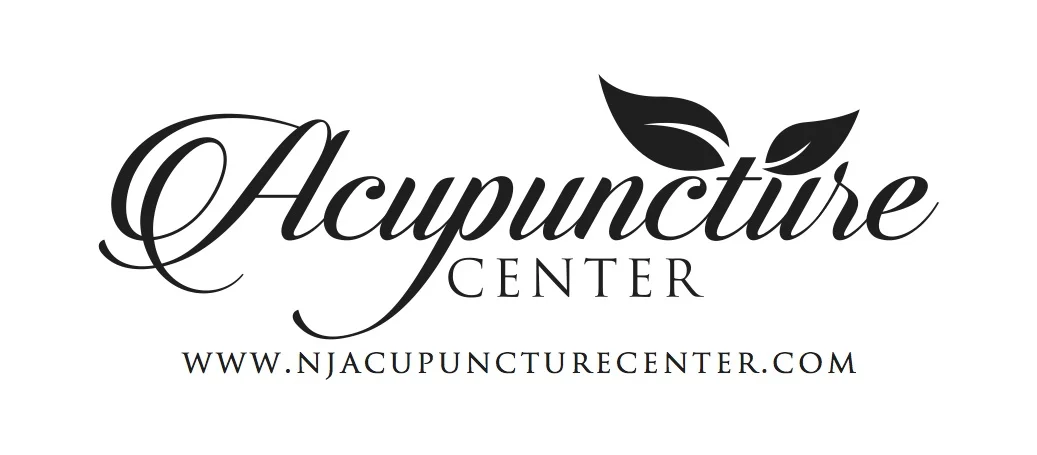Backache? You're Not Alone. Improve your WFH Posture.
/As we approach over four months of working from home, quarantining, and social distancing, the community at large can agree that we’ve never done so much sitting in our lives.
Whether you’re sitting at your desk, working from your couch or bed, or are binging in Netflix, our now more-sedentary-than-ever-before lifestyles can wreak havoc on our musculoskeletal system (and more) and cause physical pain. When you factor in lack of movement, changes in nutrition, stress, lack of routine, and missing out on social opportunities it can feel as though your life has been turned upside down (because it has!) The last thing you need is a back or neck ache on top of it.
Ergonomics (pretty much how you sit when you’re working) is super important, especially now that we’re at home. How you sit can directly impact your posture, circulation, and pressure on your joints and muscles.
A recent post by Time magazine highlighted these issues in their April post titled, “Getting Back Pain While Working From Home? An Ergonomics Expert Offers Advice.” They offered the following 10 tips.
1. View your computer screen with a straight neck.
2. Put your screen sideways to a bright window.
3. View any paper documents with a straight neck.
4. Put your keyboard and mouse or touchpad at a comfortable height in front of you.
5. Don’t use a soft, squishy wrist rest.
6. Alternate between typing/mousing and using voice input.
7. Sit back in your chair.
8. When sitting, rest your feet flat on either the floor or foot support.
9. Limit the time you work on your bed.
10. Avoid prolonged standing for computer work.
You can also look into purchasing posture-friendly supports, and try to change up where you work from time to time. Be sure to take lots of water breaks, walking around your home to get in some movement, or even set a timer on your phone to go off every 20 minutes, reminding you to move and take a breath!
As you incorporate these new tips, we at NJ Acupuncture Center are here to help you heal and minimize your existing back and neck pain. Call or click here to schedule an appointment today!





